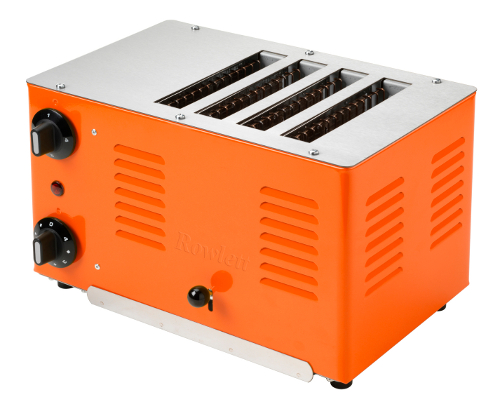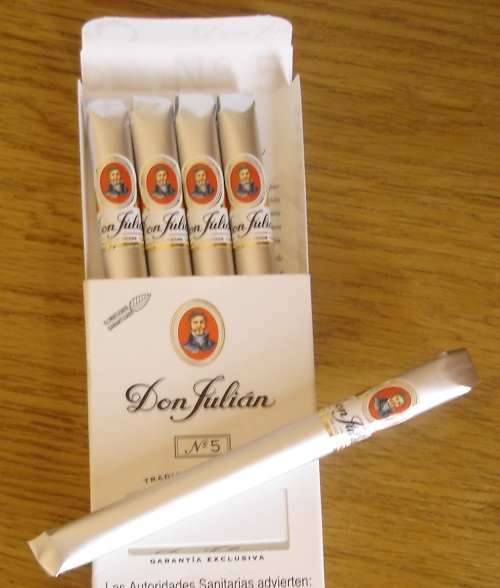The Enduring Appeal of the Balmacaan
A balmacaan is a loose-fitting, single-breasted overcoat made from tweed or waterproof fabric. The coat has raglan sleeves (meaning less water ingress through seams) and a Prussian collar to button up to the chin and keep out the elements.
The classic cut of the coat tends to flare out at the bottom for added comfort whilst stalking deer, crouching in the heather. It is named after the Balmacaan Estate near Inverness, Scotland.
Not spoiled for choiceLike all classic coat styles — the trench coat, the covert, the Chesterfield, the Inverness, the British Warm — currently, we are not entirely spoiled for choice when it comes to viable options. It's not without reason many of us look to vintage.
Prevents being perishedBasil Rathbone wore a balmacaan in the wartime Sherlock Holmes films. I'm thinking particularly of House of Fear and Spider Woman, where the character moved out of the Victorian setting and clothes of the original stories. Warm and comfortable in his balmacaan, Holmes was able to deduce and whatnot without having to blow on his hands constantly because he was absolutely perished.
Moving forward a few decades, we find Roger Moore wearing a belted balmacaan in herringbone tweed for the 1984 thriller The Naked Face.
It might be on the casual end of the overcoat spectrum, but Roger, as ever, imbues it with a high degree of elegance. The rakish red scarf adds a nice dash of colour.
Large specs on conkThe Naked Face was written and directed by the great Bryan Forbes and is a pretty decent thriller. Beyond the story, the film is worth watching for Roger's classic wardrobe, in particular the remarkably large spectacles he perches on his conk. There's something of Yves Saint Laurent about them. I wouldn't mind a frame like that. Must look into it.
The Balmacaan of Today
Now it's your turn. The balmacaan baton has been handed on to you. Usefully, SEH Kelly have a nicely updated version of this classic coat. The updates are in slight tweaks to the look — a bit shorter — rather than materials. The function of the coat is true to tradition and continuity is retained. Note also that SEH Kelly produce the same coat in Ventile.The coat has the provenance you expect from Kelly: available in a thick yet soft grey (below) or brown (top) Donegal tweed from County Donegal, with Melton lining from Yorkshire and horn buttons from the West Midlands of England. There's no placket to hide those lovely horn buttons.
Not as voluminous as Basil'sKelly's tweed balmacaan is built for warmth. It's not as voluminous as Basil's version, but it has room to pile the layers underneath. And you can trade up a size if you want even more room. My sources tell me that this coat is proving very popular, particularly across the Atlantic.
I would take a tip from dear Roger and add a red scarf. Pick the right shade and it will match all the classic overcoat colours. Let's keep our eyes peeled for a good example.

















